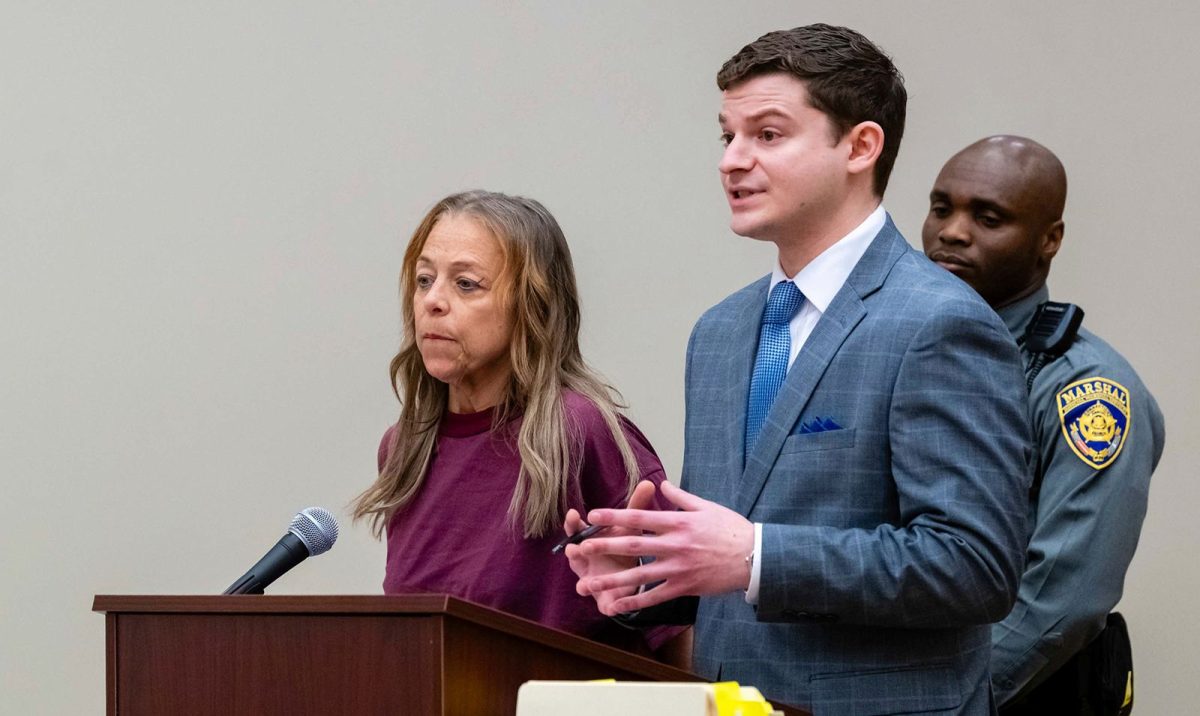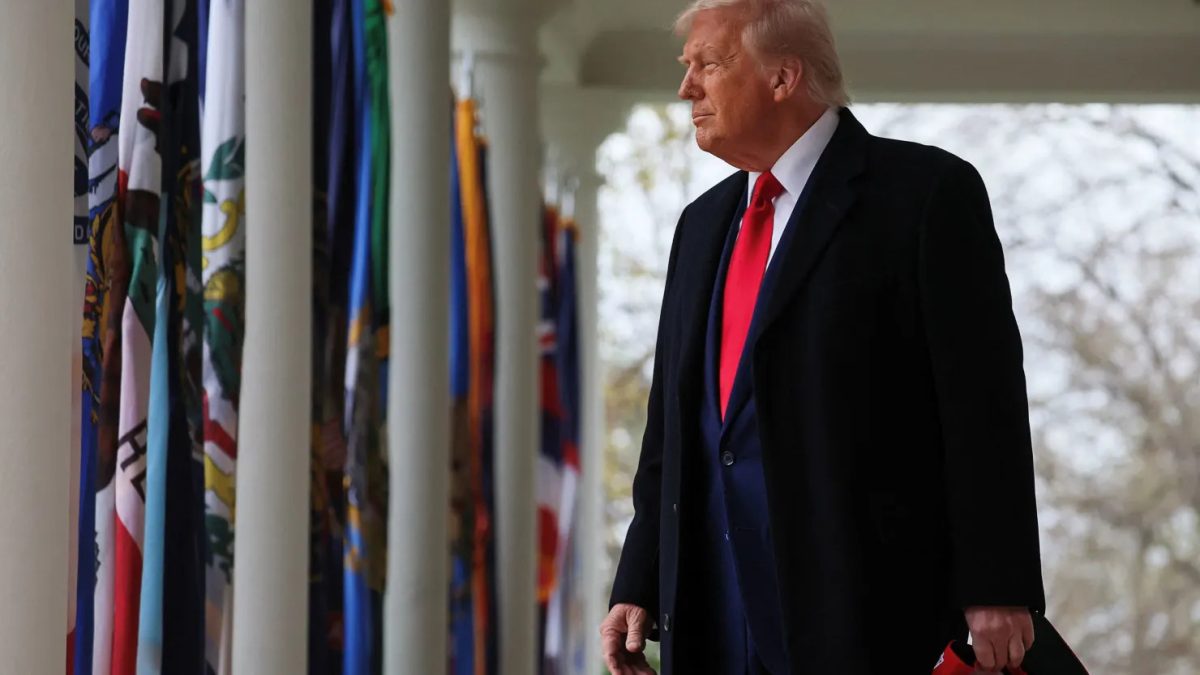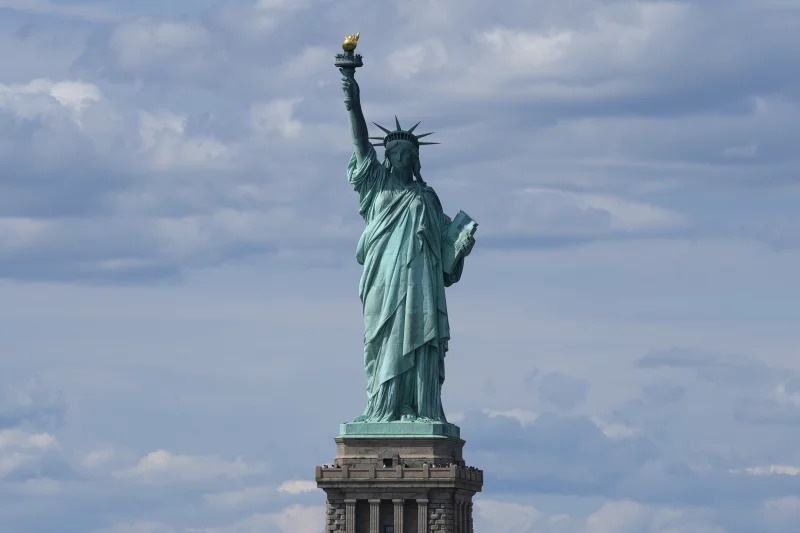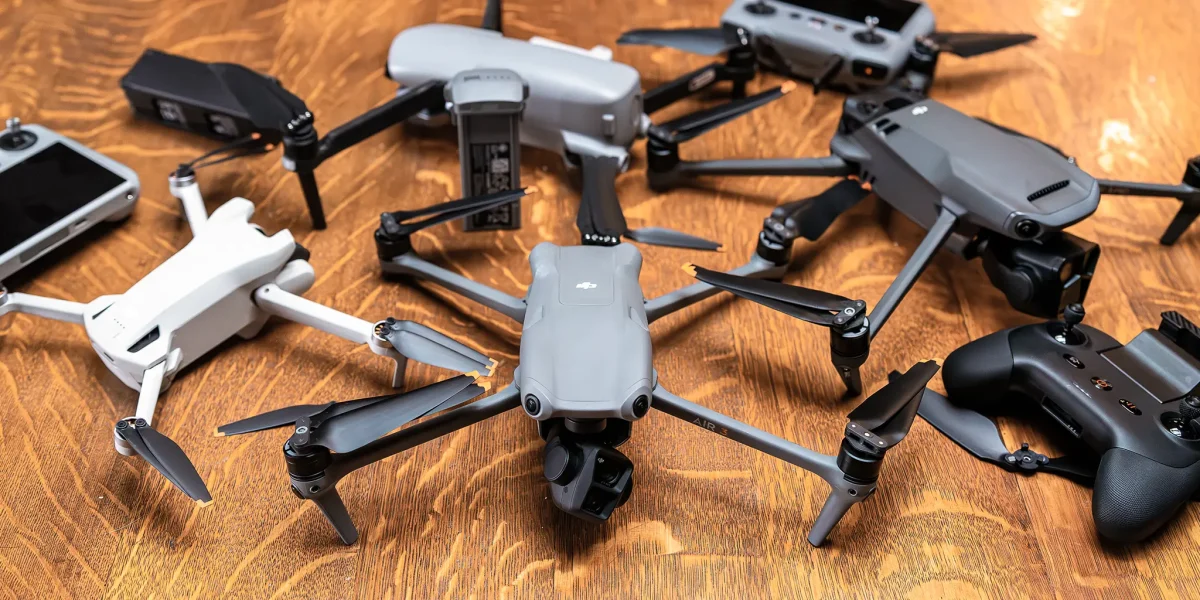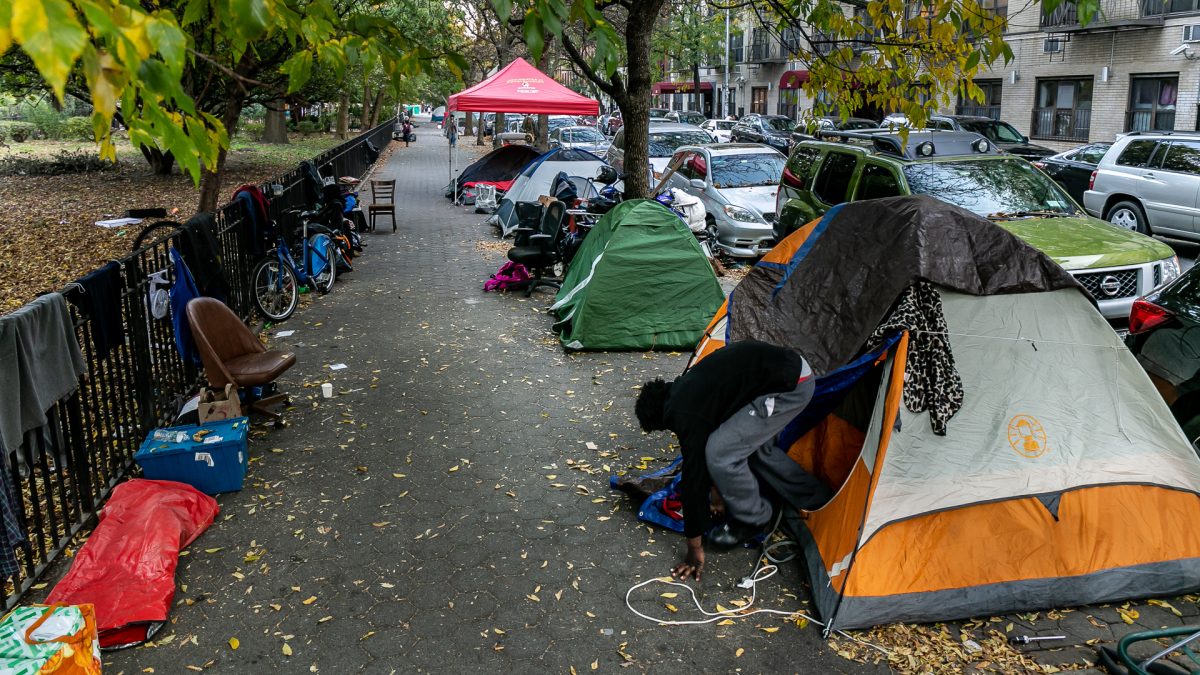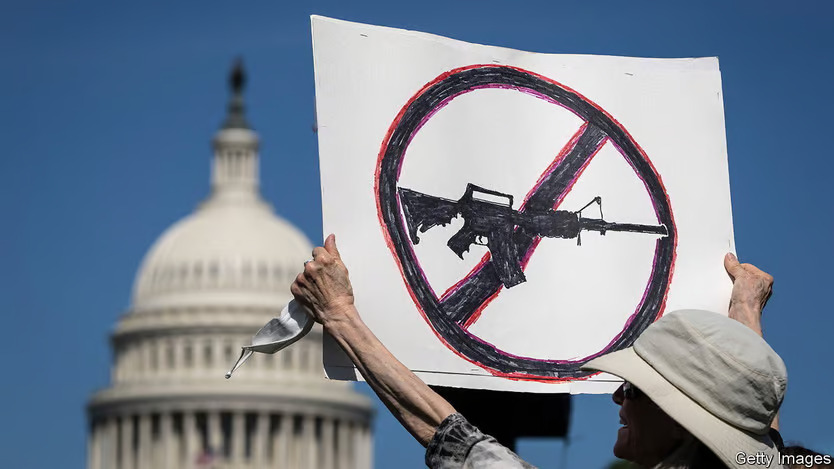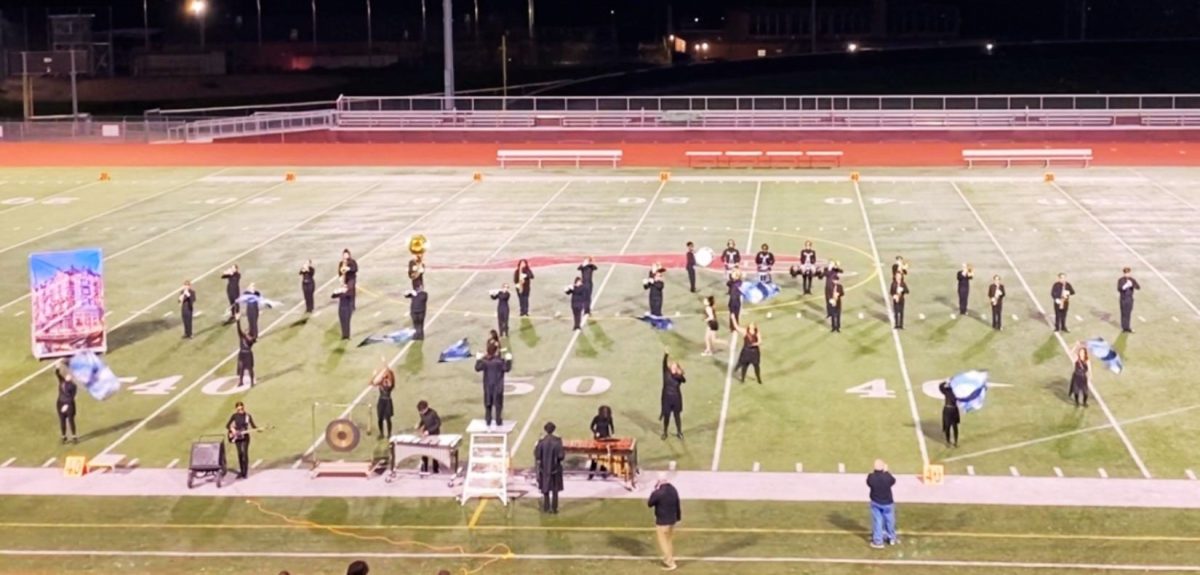A commercial airliner was on final approach to San Francisco’s international airport in November when the crew spotted a drone outside the cockpit window. By then it was too late “to take evasive action,” the pilots reported, and the quadcopter passed by their windshield, under 300 feet away.
A month earlier, a jetliner was flying at an altitude of 4,000 feet near Miami’s international airport when its pilots reported a “close encounter” with a drone. In August, a drone came within 50 feet of clipping the left wing of a passenger jet as it departed Newark International Airport.
The incidents were all classified as “near midair collisions” — any one of which could have had catastrophic consequences, according to aviation safety experts. They were also not isolated encounters.
An Associated Press analysis of an aviation safety database reveals that drones last year accounted for nearly two-thirds of reported near midair collisions involving commercial passenger planes taking off and landing at the country’s top 30 busiest airports. That was the highest percentage of such near misses since 2020, when air traffic dropped during the COVID-19 pandemic.
The first reports of near misses involving drones were logged in 2014, the AP found. The number of such encounters spiked the following year. Over the last decade, drones accounted for 51% — 122 of 240 — of reported near misses, according to AP’s analysis.
Passenger jets have long been subject to risks around airports — whether from bird strikes or congested airspace — as was made clear by the January collision between a military helicopter and commercial jet near Washington, D.C., that killed 67 people.
The threat from drones has become more acute in the last decade as the use of quadcopters and remote-controlled planes has exploded in popularity. The FAA estimates that Americans are operating more than a million drones for recreational and commercial purposes.
“If you have the money, you can go on the internet and buy a pretty sophisticated drone that can reach altitudes they really have no business being at,” said William Waldock, a professor of safety science at Embry-Riddle Aeronautical University.
The risk is most acute near airports because that is where the flight paths of drones and airplanes most overlap, experts said.
The incidents represent only a portion of such close calls because the database — NASA’s Aviation Safety Reporting System — relies on voluntary submissions from pilots and other aviation workers. A separate FAA program, which includes reports from the public, tallied at least 160 sightings last month of drones flying near airports.
“The FAA recognizes that urgency, and we all know additional changes need to be made to allow the airports to go out and detect and mitigate where necessary,” said Hannah Thach, executive director of the partnership, known as Alliance for System Safety of UAS through Research Excellence.
Authorities will take more aggressive action to hold drone users accountable for violating restricted airspace — to highlight the problem and deter others from breaking the rules, pointing to recent arrests that they hoped might send such a message.
In December, for example, Boston police arrested two men who operated a drone that flew dangerously close to Logan International Airport. Police reported that they were able to find the drone flyers, in part, by tracking the aircraft thanks to its FAA-mandated transponder signal.
A month later, a small drone collided with a “Super Scooper” plane that was fighting wildfires raging through Southern California. The drone punched a hole in the plane’s left wing, causing enough damage that officials grounded the aircraft for several days to make repairs.
Authorities tracked down the 56-year-old drone operator, who pleaded guilty to a federal charge of recklessly flying his aircraft.
The man, who has yet to be sentenced, admitted he launched his DJI quadcopter to observe fire damage over the Pacific Palisades neighborhood, despite the FAA having restricted drone flying in the area, according to court records.
The operator lost sight of the drone after it flew about 1.5 miles from where he had launched it. And that’s when it struck the “Super Scooper.”
With all of these arising concerns, it begs the question if drones are still a positive technology today



